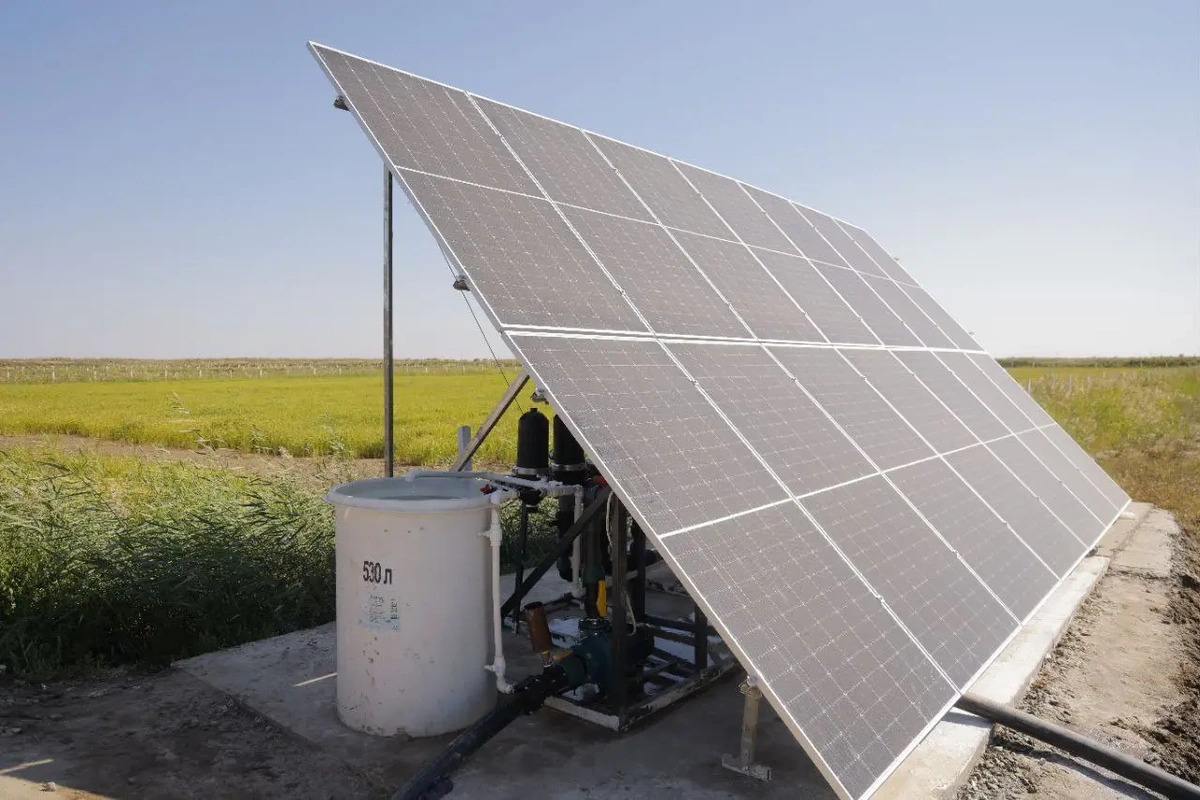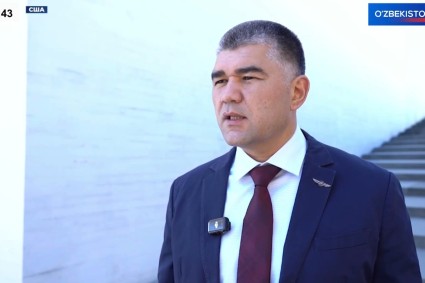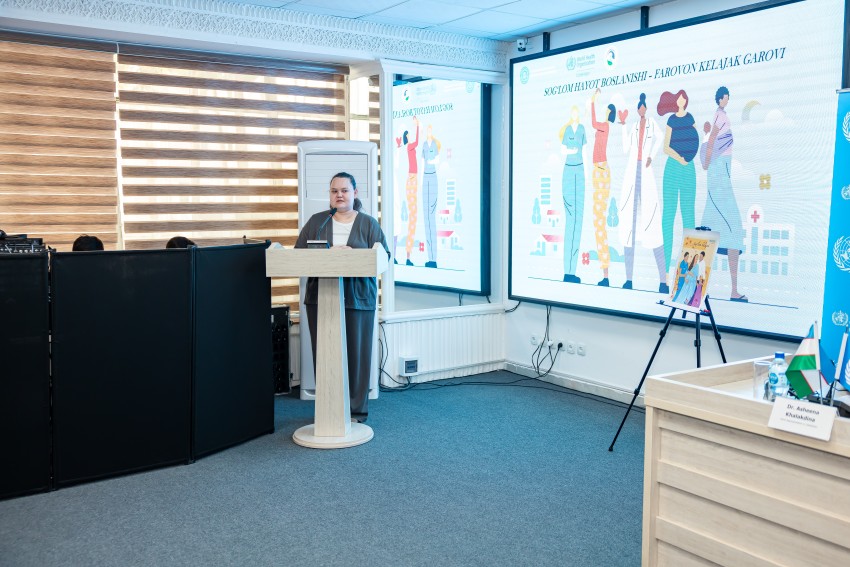Uzbekistan will commence implementing resource-saving technologies in rice cultivation and new varieties that are resistant to high and low temperatures, as well as drought, it said in the Cabinet of Ministers July 2 resolution.
The experiment on growing rice using drip irrigation will be expanded from 2026. Rice is traditionally grown in flooded fields.
Pilot plots of at least 10 hectares will be created in Karakalpakstan, Khorezm, Bukhara, Namangan, Syrdarya and Surkhandarya provinces.
The implementation of a similar project in the Nukus district of Karakalpakstan was reported last year. The Ministry of Agriculture stressed that with drip irrigation, water consumption is reduced by 50%.
The Ministries of Agriculture and Water Resources have been instructed to submit proposals on the effectiveness of introducing drip irrigation technology by the end of the year. It is planned to allocate subsidies to project participants.
The government ordered the Ministry of Agriculture to attract international rice experts in cooperation with the KOPIA center (South Korea). The project plans to purchase resource-saving agricultural machinery and units for testing at the Rice Research Institute.
In 2025-2028, research will be conducted to create new drought-resistant and high-yielding rice varieties and hybrids using marker-assisted selection. This work will be carried out in cooperation with the International Rice Research Institute (IRRI, Philippines) with the support of the World Bank.
In addition, in 2025-2027, the resolution ordered to build cooperation with Egypt to create rice varieties that are resistant to high temperatures and low water consumption, as well as with Nepal to develop high-yielding varieties that are resistant to low temperatures.
Additionally, it is planned to involve technologies for creating and growing rice varieties and hybrids with a yield of at least 10-15 centners per hectare higher than the existing ones. They must be suitable for growing in conditions of reduced water consumption by 30-35% compared to the flood method, meet the requirements of healthy (including baby) nutrition, have high grain quality, including iron and zinc content.
In rice growing, it is planned to use electricity from solar panels to operate energy-saving pumps.
It is also planned to introduce resource-saving technologies in rice processing. It is planned to study and test foreign developments this year, and to begin their implementation next year.
This year, at least 50% of the fields where rice is grown using the re-seeding method are planted as seedlings. To expand this method, it is planned to begin producing equipment and plastic cassettes required in this process.















